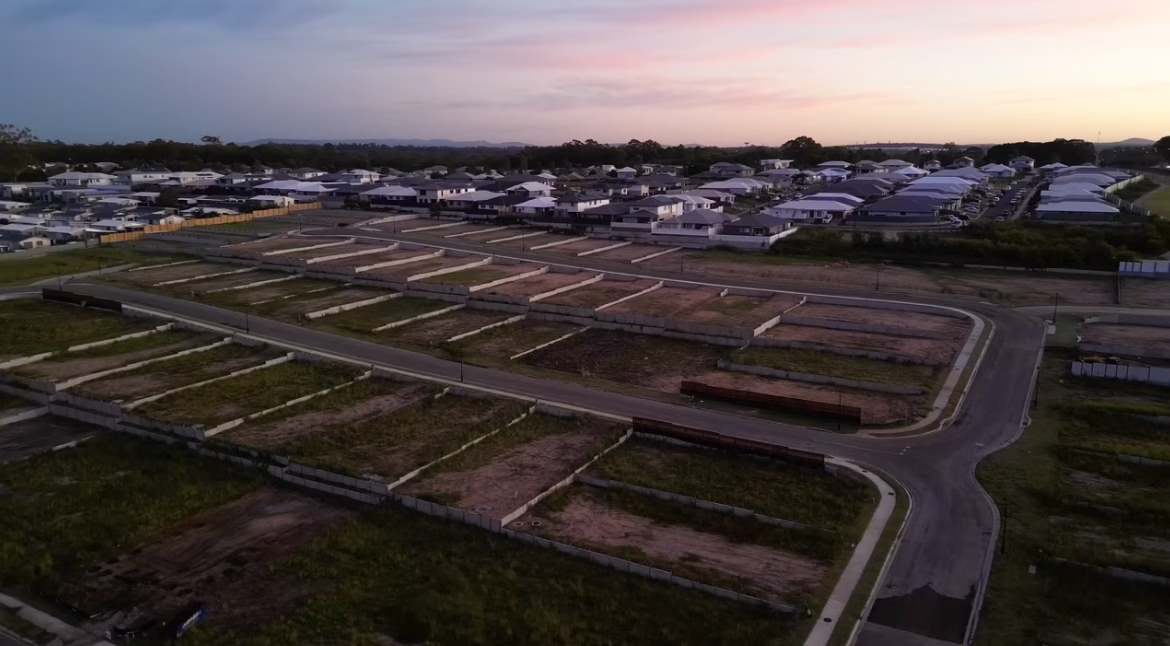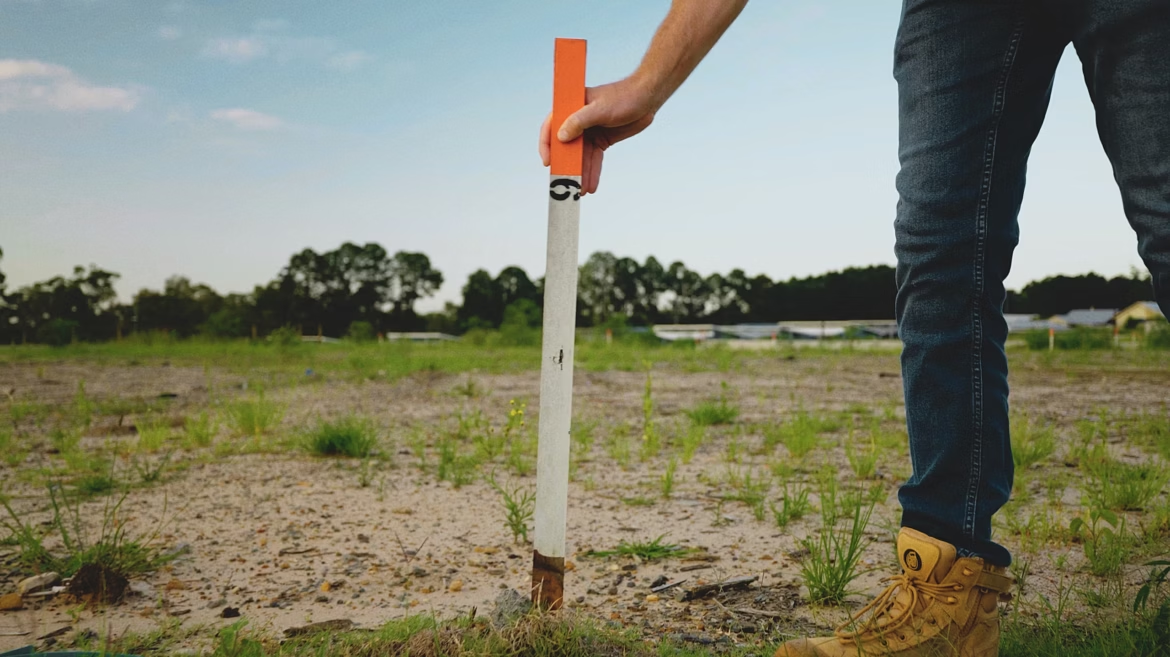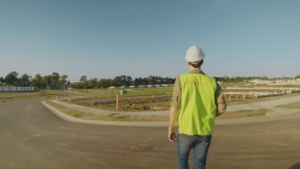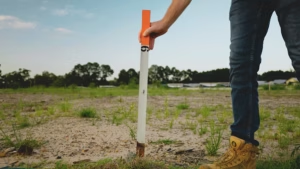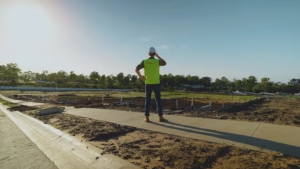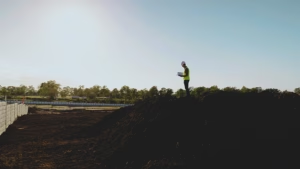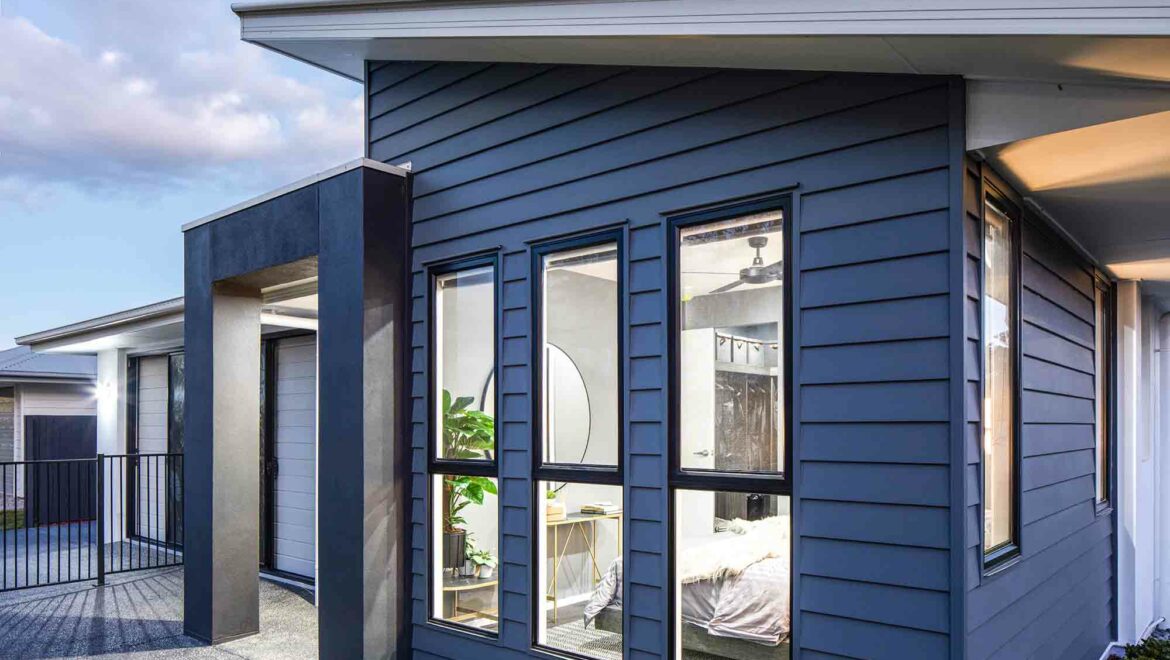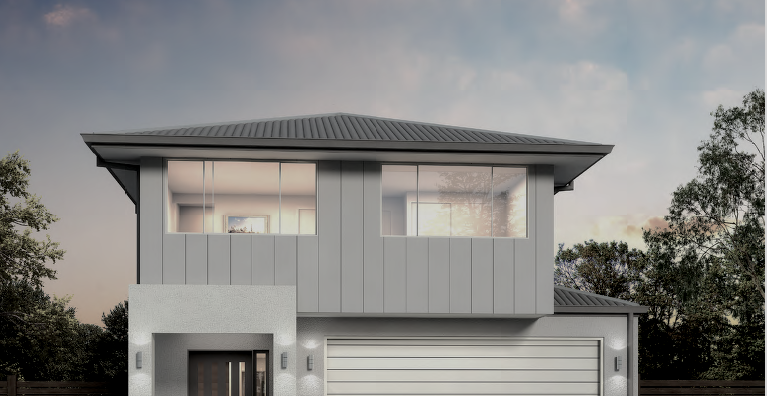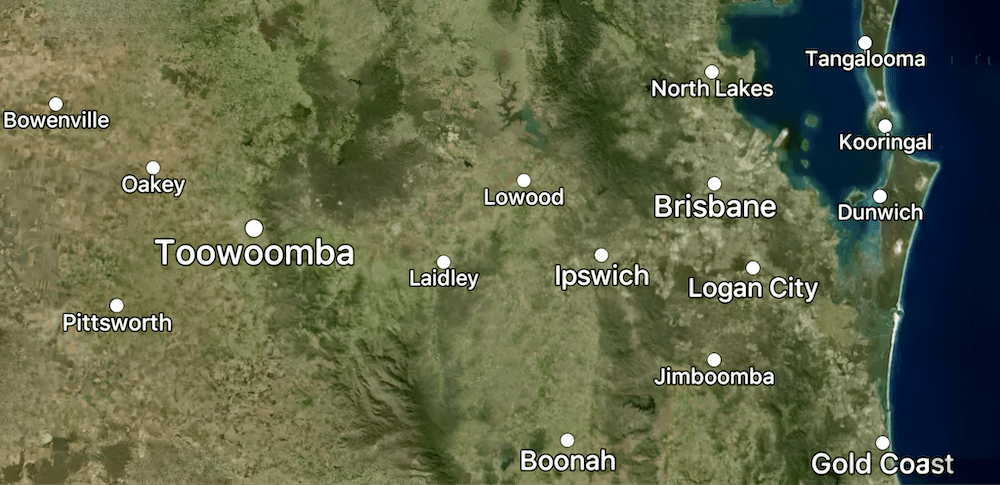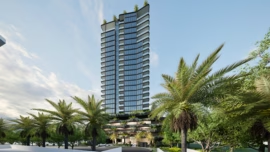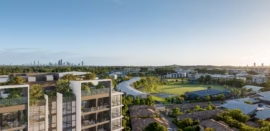The Grange Greenbank: Stages 2 and 3
Homecorp are pleased to advise that The Grange Greenbank Stages 2 & 3 are now registered and the team is completing the final stages of pre-construction planning.
This latest stage is nestled amidst beautiful countryside and parklands in Greenbank. Surrounded by established local schools, shopping centres, hospitals and offering easy access to Mt Lindesay Highway, it is the ideal home base where you can enjoy views across stunning rural vistas and a relaxed pace of life.
Read more

